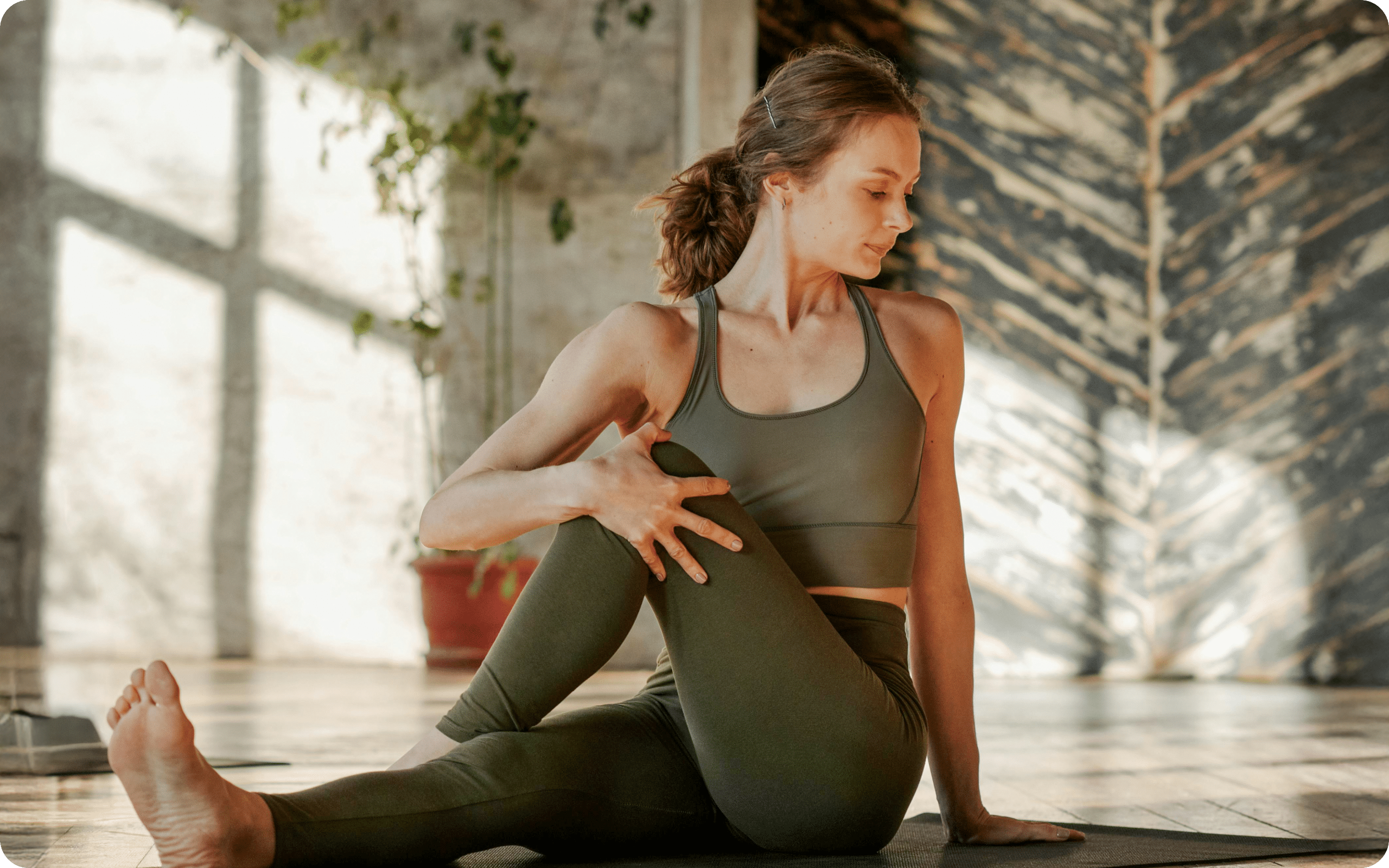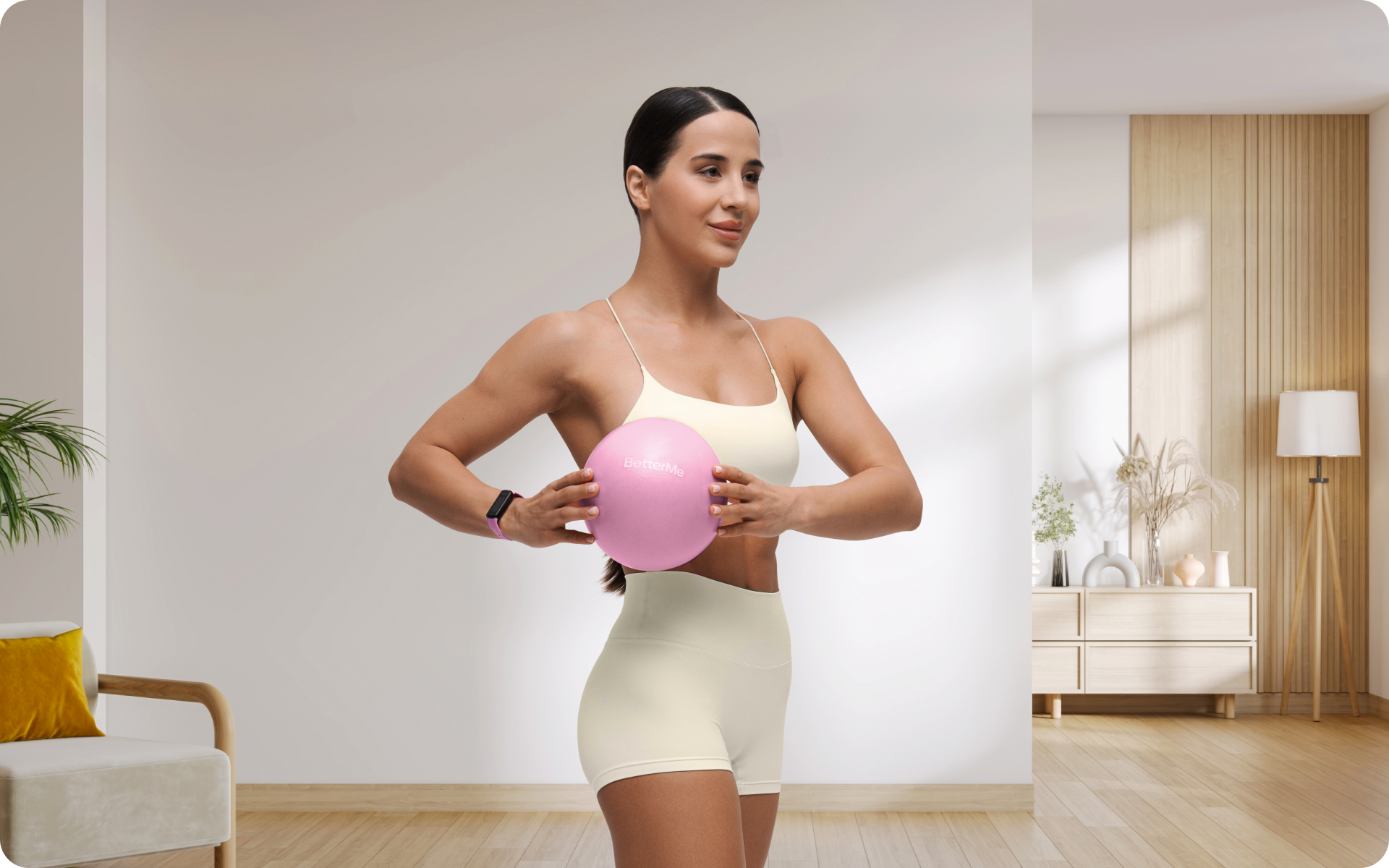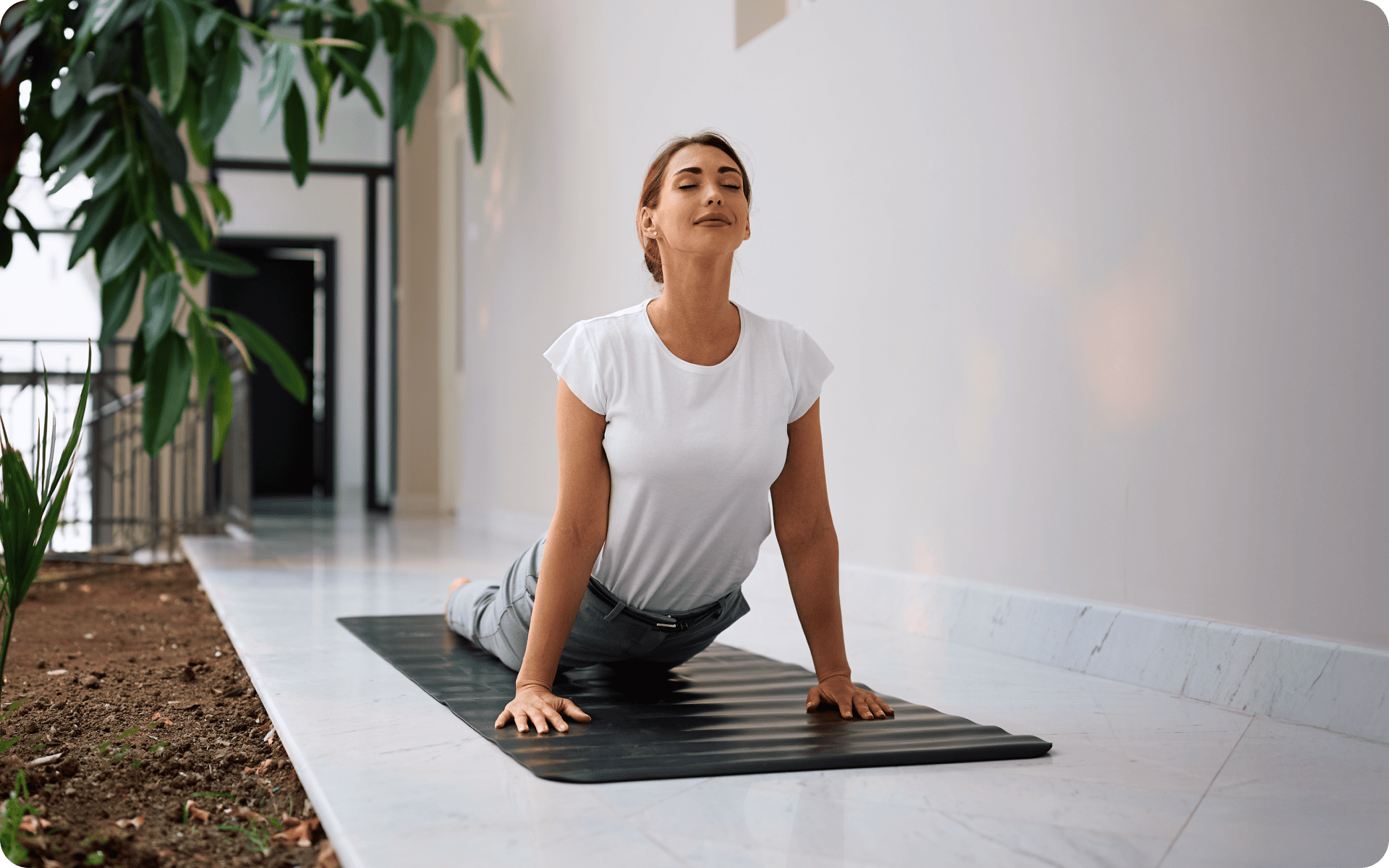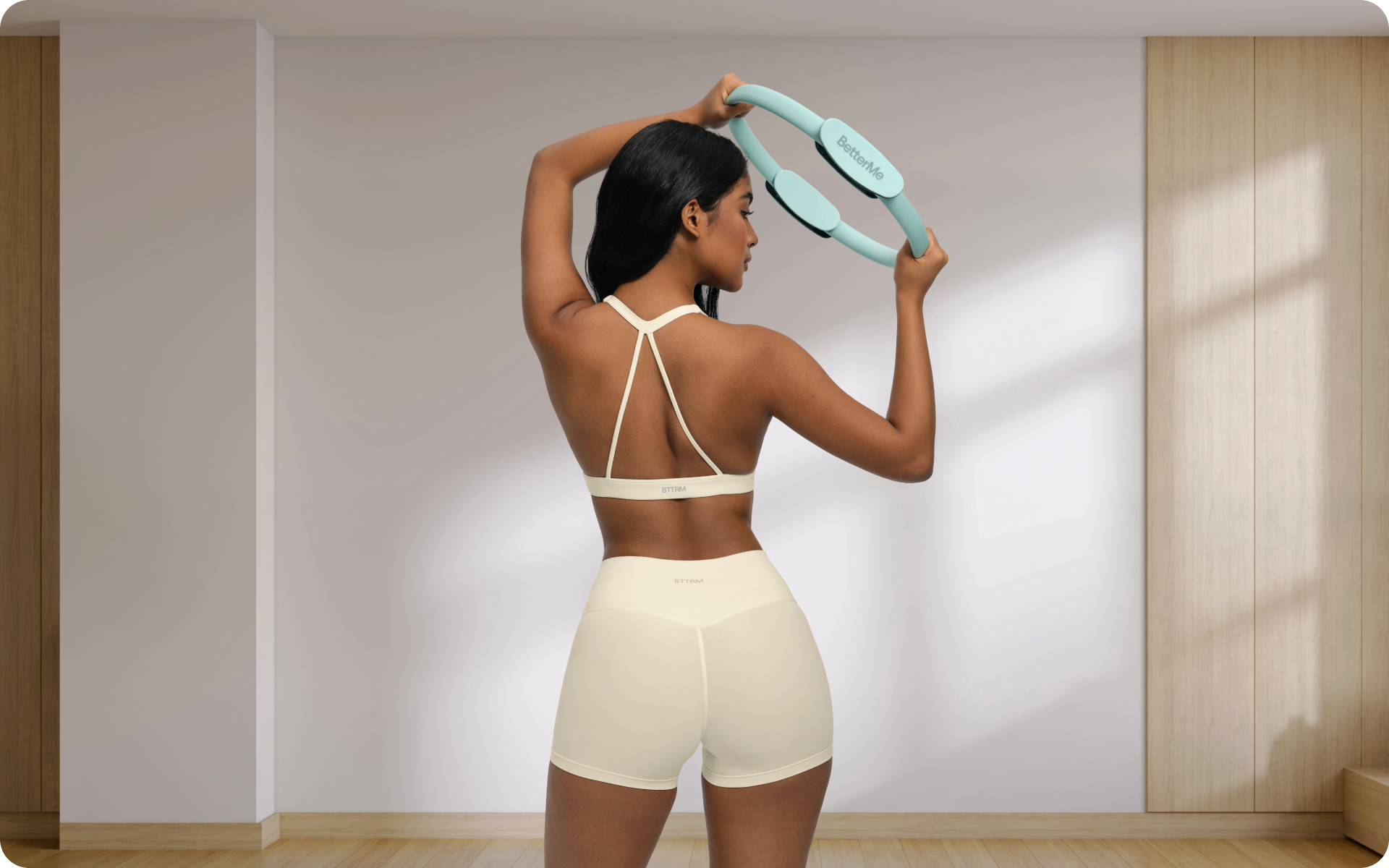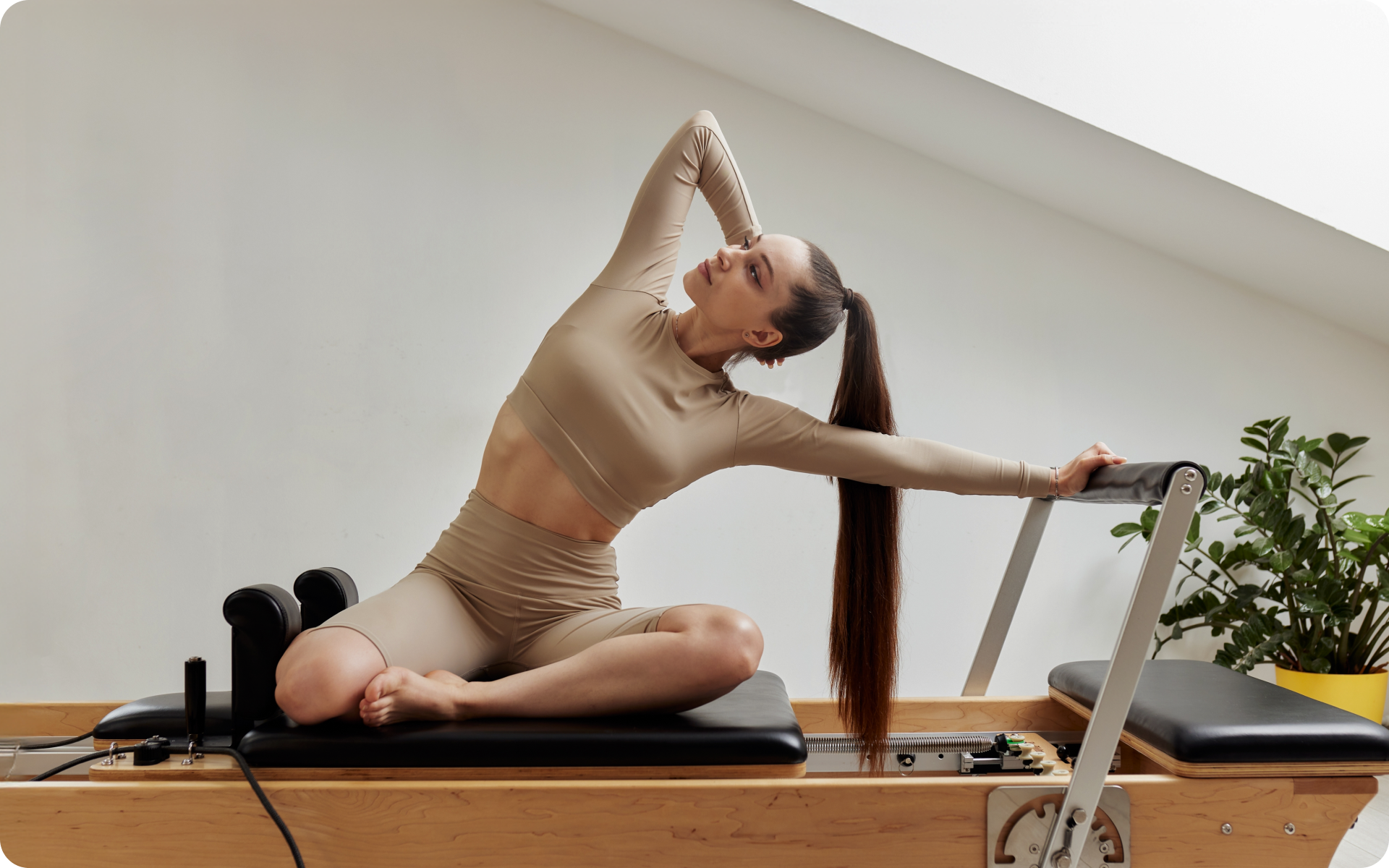If you’ve seen the lean, toned bodies of Pilates devotees, you may have been tempted to try the workout. Celebs like Jennifer Aniston and Cameron Diaz have long been proponents of the technique, and it’s certainly one of the popular ways to stay fit.
But before you jump into Pilates, you may want to consider the pros and cons, compared to weight training.
Why? For one, the Centers for Disease Control and Prevention recommends that adults get at least two days of strength-training exercises each week (2). This is an acknowledgment of the fact that weight training is an important part of a balanced exercise regimen and can help improve your overall health. Naturally, this brings many questions. Is Pilates strength training? Is it enough to meet the CDC’s recommendations? If not, does weight training offer any advantages over Pilates? To find out, let’s take a look at the pros and cons of Pilates versus weight training.
What Is Pilates?
Pilates is a form of exercise that was developed by German-born Joseph Pilates in the early 20th century. It’s based on the following principles (4):
- Concentration – focusing on the task at hand
- Control – performing each movement with precision and accuracy
- Centering – maintaining good posture and balance
- Flow – moving from one exercise to the next with smooth, continuous movements
- Precision – focusing on form and execution of each exercise
Pilates is considered a low-impact form of exercise, meaning it’s relatively easy on the joints. It emphasizes slow, controlled movements, and the exercises typically involve either mat work or specialized machinery.
Due to its emphasis on precision, Pilates is often thought of as a more challenging workout than many people are used to. Beginners may struggle with some of the more advanced movements, as proper form is essential to get the most out of each exercise.
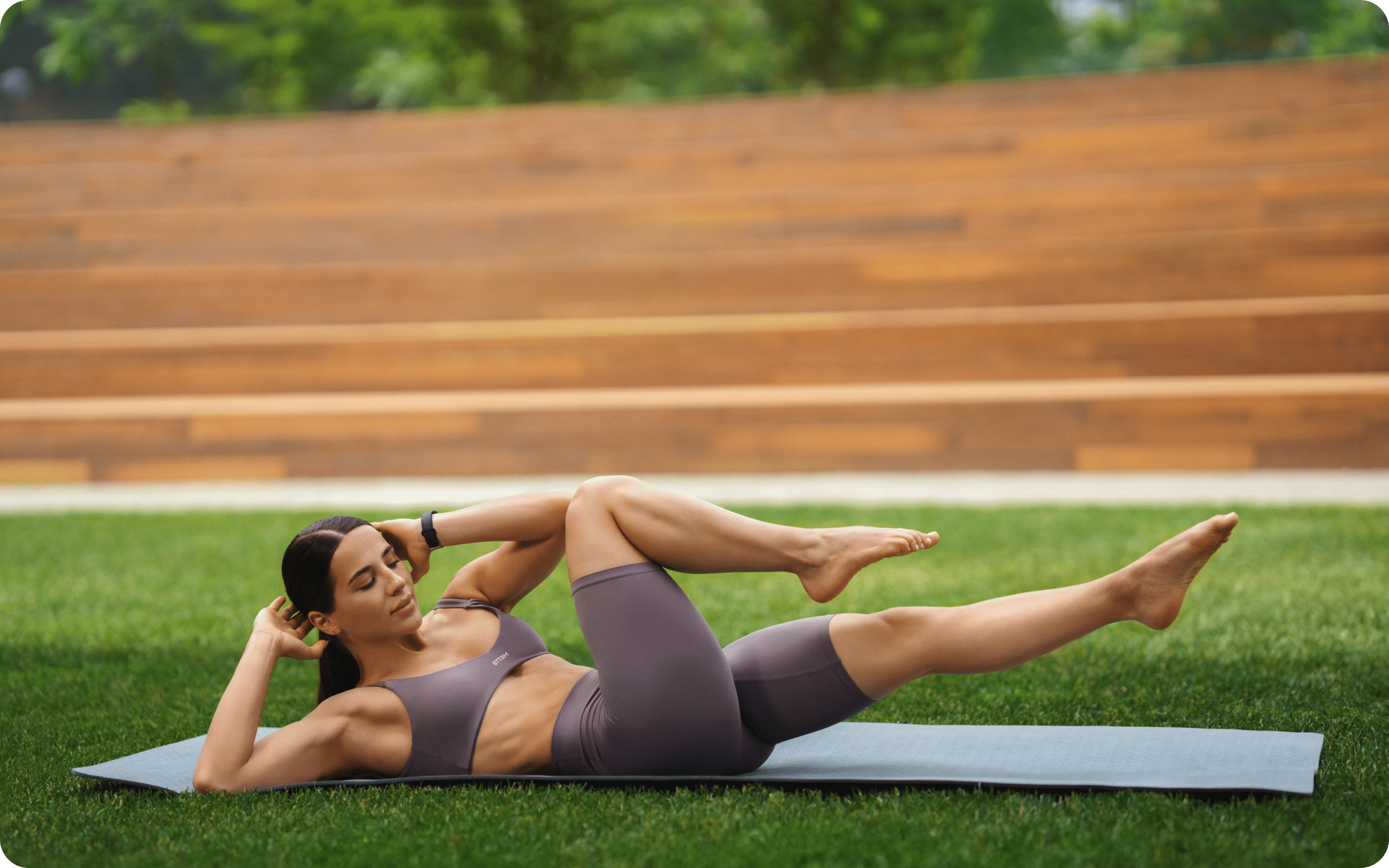
Some variations of Pilates may also use props, such as weights and resistance bands. These are used to add difficulty or modify the exercises for individuals.
Read More: How Many Calories Does Pilates Burn? Find Your Way To A Lean Body
Pros Of Pilates
Pilates has several advantages over weight training (3):
- It’s low impact, so it’s easy on the joints. This makes it ideal for people with joint problems or chronic pain.
- It focuses on developing overall strength and flexibility, not just building muscle. This means you get an all-around workout, not just bigger muscles.
- It helps improve posture and balance. This is especially beneficial for older adults or those with neurological issues such as stroke, Parkinson’s disease, or multiple sclerosis.
- It can help improve fitness in a way that improves your performance in other activities, such as running or playing sports.
- It’s ideal for injury rehabilitation
Cons Of Pilates
Pilates isn’t for everyone, though:
- It doesn’t build muscle like weight training does. If you’re looking to increase your muscular strength and size, Pilates won’t be the best choice for you.
- It doesn’t torch calories like more intense forms of exercise. If you’re looking for a quick and efficient way to burn fat, Pilates isn’t the best option.
- It can become repetitive and boring if you don’t switch it up. Pilates classes often focus on the same exercises, so you may need to do other types of exercise if you want to stay challenged.
- It can be expensive, especially if you’re taking classes or using specialized equipment.
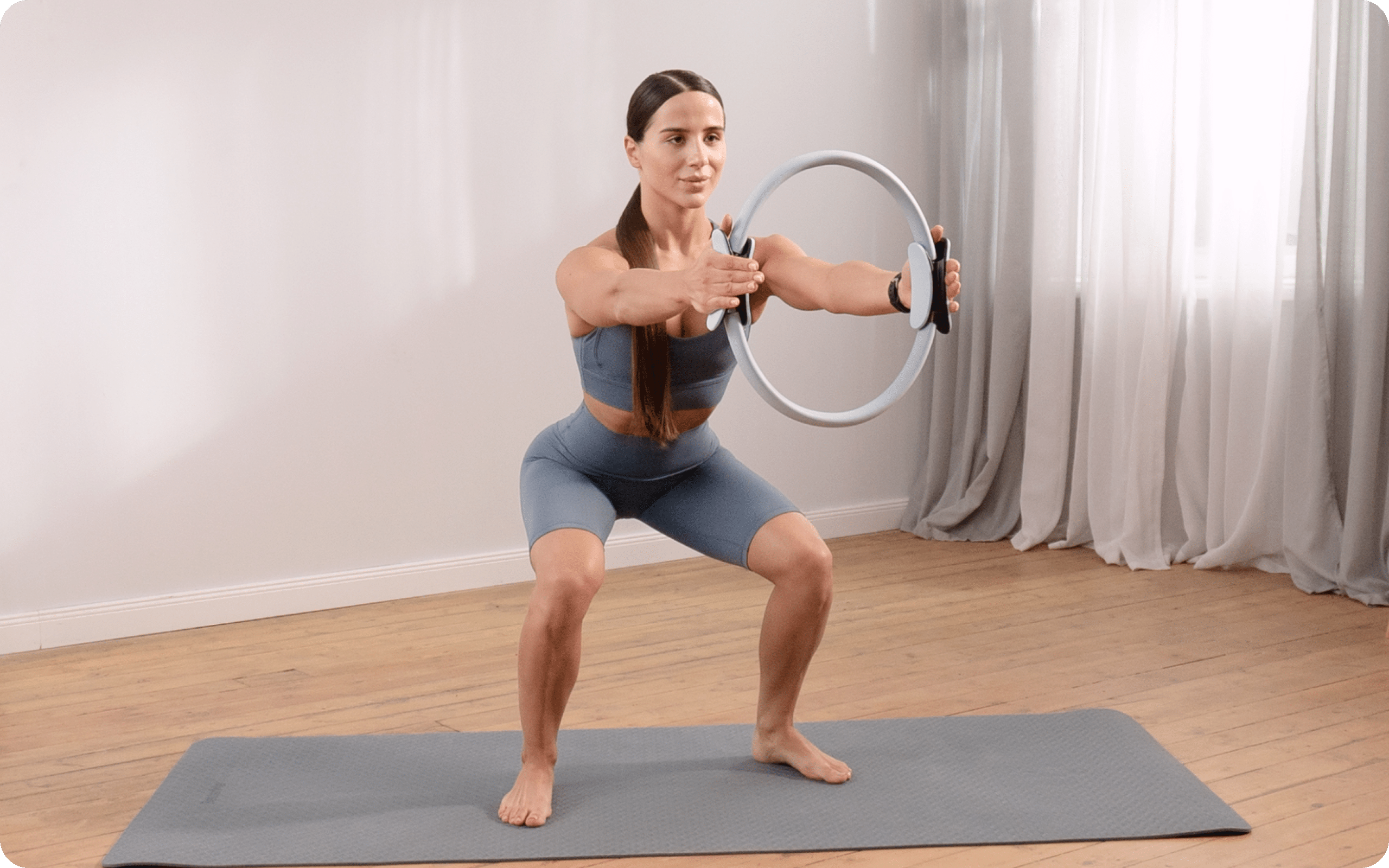
BetterMe is your fast-track ticket to a long-lasting weight loss! Tailor your fitness journey and maximize your results with just a couple of swipes!
What Is Weight Training?
Weight training is any type of exercise that uses resistance — typically from weights, resistance bands, or body weight — to build muscle strength and endurance. It’s often used to increase muscle size, too (1).
The idea behind weight training is simple: by lifting heavier and heavier weights, the body gradually adapts to the increased load and builds more muscle. This can be done with machines, free weights, or even bodyweight exercises such as push-ups and pull-ups.
Behind weight training, and Pilates as well, there are certain principles that should be followed to get the best results. These include focusing on proper form, technique and using progressive overload.
Progressive overload refers to gradually increasing the amount of weight or reps you do over time, forcing your body to adapt and build more muscle (6). Coupled with a balanced diet and adequate rest, this can help you build strength and muscle size.
Pros Of Weight Training
Weight training has several advantages over Pilates (8):
- It allows you to build muscle size and strength more easily (9). This is great if you want to particularly target specific body parts or build overall muscle size.
- It’s ideal for athletes looking to increase power and explosiveness, such as sprinters or football players.
- It torches calories and helps you burn fat quickly. If you’re looking for an efficient way to get leaner and stay that way, weight training is a great option.
- By improving your body composition, it can help improve your health in numerous ways, including a reduced risk of diseases such as diabetes and heart disease (7).
Cons Of Weight Training
Weight training has a few drawbacks, though:
- It requires certain equipment and space. If you don’t have access to a gym or specialized training equipment, progressing with your workouts can be difficult. There’s only so far you can take bodyweight exercises.
- It takes longer for results to become visible. Unlike other forms of exercise, where you can see changes quickly, it takes weeks or months before you start to see any noticeable difference in your body composition.
- It can be dangerous if performed incorrectly. Even the simplest exercises can be risky if done incorrectly, and the risk increases with heavier weights. It’s important to have a qualified trainer or coach evaluate your form and technique before attempting any weight training exercises.
- It can be time-consuming. Weight training involves more than just lifting weights; you have to warm up, stretch, rest, and cool down between sets. This can make weight training a more time-consuming process than other types of exercise.
- There is a risk of injury. Weight training can be hard on the joints, muscles, and tendons due to the heavy loads being lifted. It’s important to take precautions such as warming up and stretching, using proper form and technique, and wearing protective gear to reduce the risk of injury.
If you’ve mustered up the courage to crush your weight loss goal, let Betterme take the sting out of this demanding process. Our app will help you restructure your habits, remold your life and crank up your fitness results!
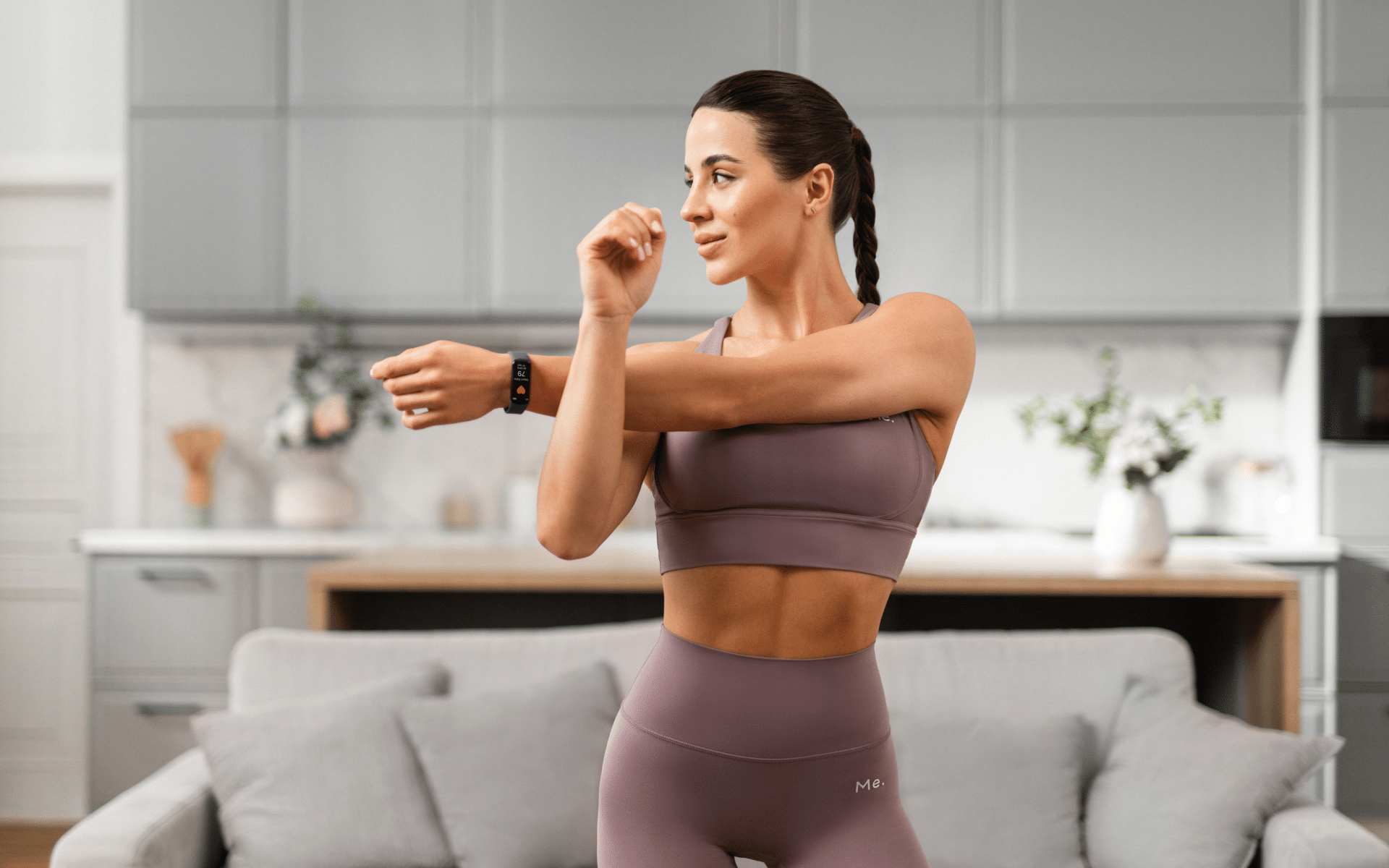
Which Is Better, Pilates Or Weight Training?
The best choice depends on your goals and preferences. Pilates is great for improving mobility and flexibility, while weight training is ideal for building strength, muscle size, and power.
Rather than choosing between the two, combining Pilates and weight training can be a great way to improve both your strength and flexibility. This way you get the best of both worlds and can enjoy all the benefits they offer.
An ideal approach is to have one day dedicated to weight training and another devoted to Pilates or bodyweight exercises. This is how you could focus on the finer details of each form of exercise without having to rush through it.
Whichever you choose, keep in mind that consistency is key. Stay focused and be consistent with your workouts, diet, and rest to get the most out of it.
Read More: Can You Do Pilates At Home? A Quick Guide To Pilates Without A Studio
Frequently Asked Questions
Is Pilates Or Weight Training Better For Losing Weight?
Both Pilates and weight training can be great for losing weight, depending on how you approach them. Weight training is generally better at helping you torch calories and burn fat, while Pilates can help you improve your fitness to perform other exercises more effectively.
That said, the best way to lose weight is to combine a healthy diet with regular exercise (10). Try incorporating both Pilates and weight training into your routine for maximum results.
Is Pilates Or Weight Training Better For Flexibility?
Pilates is generally considered to be the better choice for improving flexibility due to its focus on stretching and mobility (5).
Weight training can help improve flexibility as well, but it typically isn’t the primary focus. Pilates is also safer for those with joint issues as there is less stress on the body.
Is Pilates Or Weight Training Better For Improving Health?
Both Pilates and weight training can offer multiple health benefits. Weight training helps improve body composition and increase strength, while Pilates can improve posture, flexibility, and coordination.
The best approach is to combine them both for a comprehensive workout program that covers all of your health and fitness needs.
Is Pilates Or Weight Training Better For Belly Fat?
Both Pilates and weight training can help reduce belly fat, although the best approach is usually to combine them both.
Weight training helps build lean muscle, which is key for boosting your metabolism and burning fat. Pilates can also help tone the abdominal muscles, giving them a more defined look.
The Bottom Line
There is no definitive answer as to which is better: Pilates or weight training. Both offer unique benefits and can be used together to get the most out of your workout program. Consider your goals and preferences when deciding which is best for you.
Ultimately, an optimal approach is to combine weight training with Pilates to maximize the benefits of both. Try it to enjoy all the health and fitness benefits they offer.
DISCLAIMER:
This article is intended for general informational purposes only and does not serve to address individual circumstances. It is not a substitute for professional advice or help and should not be relied on for making any kind of decision-making. Any action taken as a direct or indirect result of the information in this article is entirely at your own risk and is your sole responsibility.
BetterMe, its content staff, and its medical advisors accept no responsibility for inaccuracies, errors, misstatements, inconsistencies, or omissions and specifically disclaim any liability, loss or risk, personal, professional or otherwise, which may be incurred as a consequence, directly or indirectly, of the use and/or application of any content.
You should always seek the advice of your physician or other qualified health provider with any questions you may have regarding a medical condition or your specific situation. Never disregard professional medical advice or delay seeking it because of BetterMe content. If you suspect or think you may have a medical emergency, call your doctor.
SOURCES:
- Effects of training with elastic resistance versus conventional resistance on muscular strength: A systematic review and meta-analysis (2019, ncbi.nlm.nih.gov)
- How much physical activity do adults need? (2022, cdc.gov)
- Pilates: how does it work and who needs it? (2011, ncbi.nlm.nih.gov)
- Pilates (2011, ncbi.nlm.nih.gov)
- Pilates for improvement of muscle endurance, flexibility, balance, and posture (2010, pubmed.ncbi.nlm.nih.gov)
- Progressive overload without progressing load? The effects of load or repetition progression on muscular adaptations (2022, ncbi.nlm.nih.gov)
- Resistance Training is Medicine: Effects of Strength Training on Health (2012, journals.lww.com)
- Strength training: Get stronger, leaner, healthier (2021, mayoclinic.org)
- The Importance of Muscular Strength: Training Considerations (2018, pubmed.ncbi.nlm.nih.gov)
- Weight-Loss and Maintenance Strategies – Weight Management (2004, ncbi.nlm.nih.gov)
